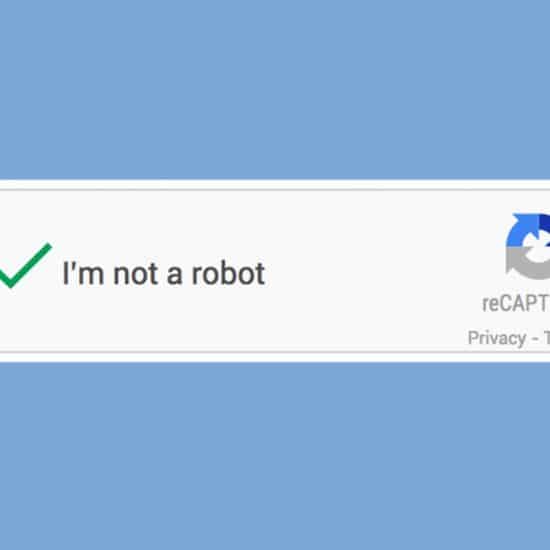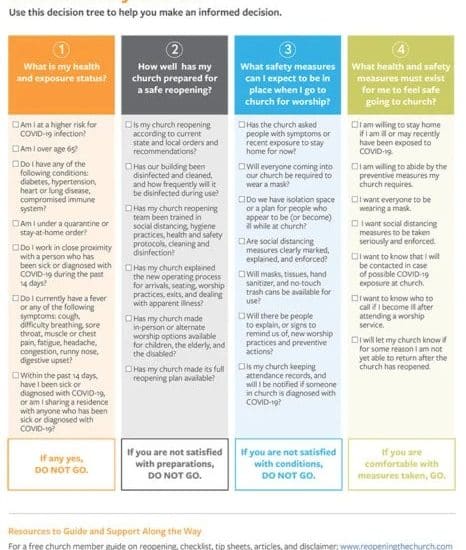A friend recently encountered the experience everyone dreads: The restaurant where she ate lunch declined her card. When she checked her account, she discovered her accounts had been emptied.

Ken Satterfield
It no longer takes clicking a suspicious email link to be at risk. Security breaches, determined hackers and newer technologies are affecting our security. My friend’s information may have taken while still in a wallet through a radio frequency identification (RFID) device. Here are some steps you can take:
Educate yourself. A New York Times quiz illustrates how often your personal information has been exposed to hackers by your accounts and shopping habits (tinyurl.com/NYT-security-quiz). The 10-question online risk calculator and 12-question workplace security risk calculator, both of which can be found at the National Cyber Security Alliance’s StaySafeOnline.org site, rates your activities at staysafeonline.org/ncsam/resources/online-identity-risk-calculator.
Consumer Affairs shares nine warning signs of identity theft and ways to check. You can also submit your email address at haveibeenpwned.com and discover if a security breach has compromised your account.
Diligence. Check statements and card activity for anything unusual. If you use an ATM, tug at the card reader for information-stealing RFID skimmers; if it moves, don’t use it. Obtain your free credit report annually at annualcreditreport.com.
Precautions. Virus protection should be up to date and scanning done regularly. Keep computers, devices and browsers current, too. Also, many vendors offer free checkups for your computer; see a list at StaySafeOnline.org/stay-safe-online/free-security-check-ups/.
Protection. Chip credit cards (or contactless cards) are being introduced in 2015. Although designed to make fraud more difficult, scanners could also put you at risk. (See video in this Consumer Reports article.) Read about the advantages and potentail disadvabntages of these cards and talk to your financial institution if you have concerns. Consider card sleeves and blocking wallets marketed to protect you from RFID-based theft. (Note: Effectiveness can vary.) Or, go low-tech and use aluminum foil or an Altoids™ case for protection.
Don’t invite trouble. The more sensitive your information, the tougher your password should be. If you are suspicious about a request for personal information, ask for a number to call them back.
Dangers aren’t always electronic.BakerHostetler estimates as many as 20 percent of breaches involved paper, so cross-shred personal data, too.
When it happens.Kiplinger states that data breaches may be as inevitable as death and taxes. But don’t panic. Use a resource like the Federal Trade Commission’s identitytheft.gov for a step-by-step plan of action. Respond quickly, file a police report and take advantage of free credit monitoring offered.
Ken Satterfield, a former media specialist, is currently Advertising/Marketing Coordinator for Word & Way.
See also:
10 weird and wild cutting-edge security threats
That big security fix for credit cards won’t stop fraud
Protect yourself — and your reputation — from an unsafe website
Clean it out before throwing it out
101 data protection tips: How to keep your passwords, financial & personal information safe





